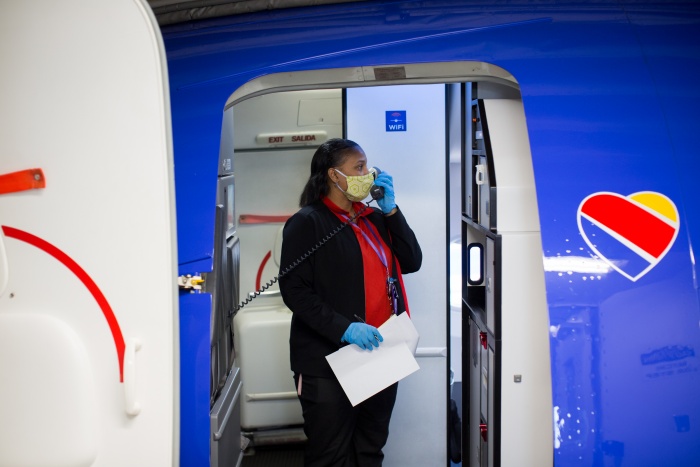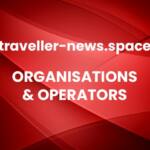
Following a piecemeal introduction around the world, the International Air Transport Association has said it supports the wearing of face coverings for passengers and masks for crew while on board aircraft.
The body said the move was a critical part of a layered approach to biosecurity to be implemented temporarily when people return to traveling by air.
IATA, however, added it does not support mandating social distancing measures that would leave ‘middle seats’ empty.
Evidence suggests that the risk of transmission on board aircraft is low, the trade body said.
Mask-wearing by passengers and crew will reduce the already low risk, while avoiding the dramatic cost increases to air travel that onboard social distancing measures would bring.
“The safety of passengers and crew is paramount.
“The aviation industry is working with governments to re-start flying when this can be done safely.
“Evidence suggests that the risk of transmission on board aircraft is low.
“And we will take measures – such as the wearing of face coverings by passengers and masks by crew – to add extra layers of protection.
“We must arrive at a solution that gives passengers the confidence to fly and keeps the cost of flying affordable.
“One without the other will have no lasting benefit,” said Alexandre de Juniac, IATA’ chief executive.
In addition to face coverings, IATA recommends a number of temporary biosecurity measures, including the temperature screening of passengers, boarding and deplaning processes that reduce contact with other passengers or crew and limiting movement within the cabin during flight.
IATA said the more frequent and deeper cabin cleaning might also reduce risks.
However, the economic impact of leaving middle seats empty outweighed any medial benefits, de Juniac added.
“The cabin environment naturally makes transmission of viruses difficult for a variety of reasons.
“That helps explain why we have seen little evidence of onboard transmission.
“In the immediate term, our aim is to make the cabin environment even safer with effective measures so that passengers and crew can return to travel with confidence.
“Screening, face coverings and masks are among the many layers of measures that we are recommending.
“Leaving the middle seat empty, however, is not,” said de Juniac.
Calls for social distancing measures on aircraft would fundamentally shift the economics of aviation by slashing the maximum load factor to 62 per cent.
That is well below the average industry breakeven load factor of 77 per cent.
With fewer seats to sell, unit costs would rise sharply.
Compared to 2019, air fares would need to go up dramatically – between 33 per cent and 58 per cent depending on the region – just to break even.
Source: Organisations & Operators - breakingtravelnews


